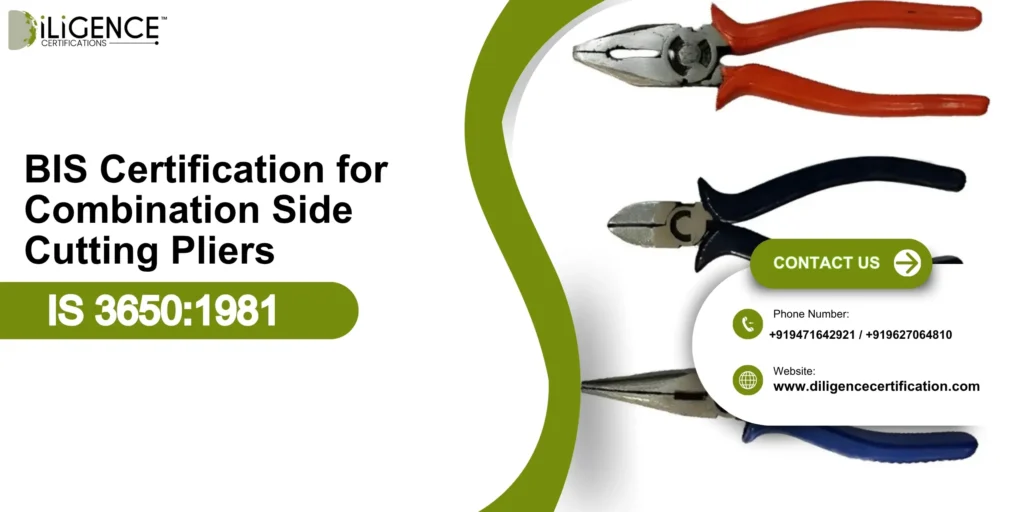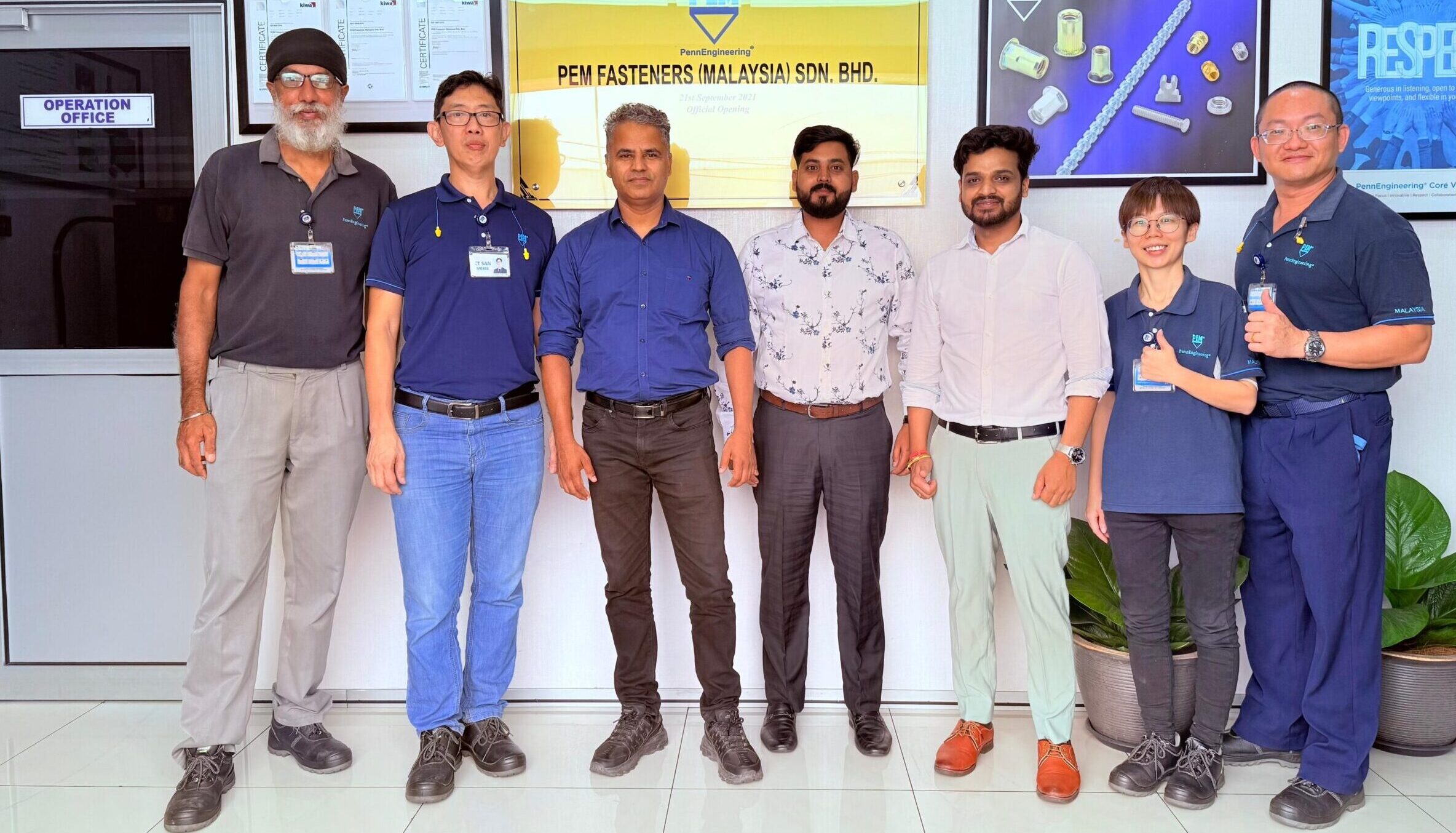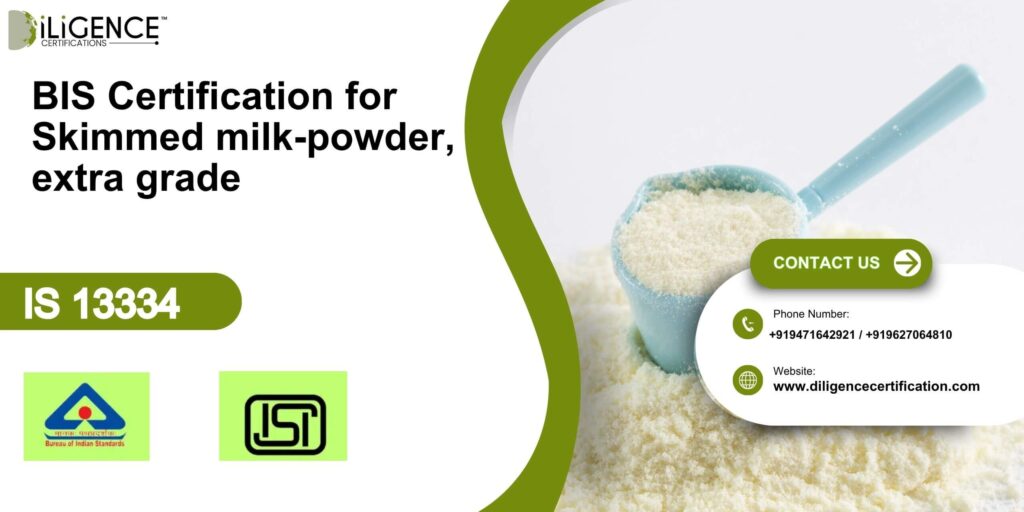- The Bureau of Indian Standards (BIS) stamp of compliance is a mark of precision, durability, and safety for the user in every tool sold in India for Combination Side Cutting Pliers (IS 3650:1981).
- Accreditation builds credibility for the brand, while also being a requirement to enter into government tenders and industrial markets.
- Diligence Certification provides end-to-end service from testing a product to providing the necessary documentation and ensures that manufacturers are compliant with their tools.
- Compliance with IS 3650:1981 means performance and proper electrical insulation is reliable.
- Uncertified pliers face rejection in industrial audits and may also result in regulatory penalties or the loss of trust from customers.
- Although unaccredited, the use of pliers will not impact performance or safety compared to accepted imports, Indian manufacturers have a competitive advantage and appeal with their products in domestic and export markets.
Introduction
A medium-scale hand tool manufacturer in Ludhiana recently lost a bulk supply order worth lakhs because their Combination Side Cutting Pliers lacked BIS certification. The industrial buyer insisted that the tools bear the ISI mark as per IS 3650:1981 before purchase. The absence of certification not only caused financial loss but also damaged the manufacturer’s credibility in the market.
This situation is not uncommon in India’s hand tool manufacturing sector. Several manufacturers are completely unaware of BIS compliance and the illegality of selling non-BIS certified Combination Side Cutting Pliers, and they don’t understand the need for the BIS certificate, and as a factor seizes any legal risk and is paramount to safety, performance and reliability.
BIS for Combination Side Cutting Pliers (IS 3650:1981) is important for manufacturers and their long-term ability to sustain their business, earn tenders, and remain a viable manufacturer for domestic and export needs.
What is IS 3650:1981?
IS 3650:1981 is the Indian Standard established by the Bureau of Indian Standards (BIS) that defines the specifications, safety, and performance requirements for Combination Side Cutting Pliers.
The standard covers:
- Material Requirements: Specifies permissible steels and hardness requirements to ensure durability.
- Design & Dimensions: Defines precise measurements for cutting edges, handles, and grips.
- Performance Tests: Includes tests for cutting ability, insulation (for electrical pliers), strength, and joint alignment.
- Safety & Durability: Ensures tools can handle rigorous mechanical use without failure.
In essence, IS 3650:1981 ensures that all certified Combination Side Cutting Pliers are safe, strong, and standardized, suitable for both industrial and household use.
Why BIS Certification for Combination Side Cutting Pliers is Essential
Assures Safety and Reliability
Combination pliers are widely used in electrical, mechanical, and construction tasks. Poorly made pliers can snap, slip, or conduct electricity, leading to serious injuries. BIS certification ensures the product meets IS 3650:1981 standards for durability and safety.
Legal Compliance in India
As per BIS regulations, Combination Side Cutting Pliers must be certified before being sold in the Indian market. Selling non-certified pliers can result in penalties, seizure, or legal actions under the BIS Act, 2016.
Builds Customer Trust
The ISI mark serves as a visible symbol of quality. Contractors, electricians, and institutional buyers prefer ISI-marked pliers because it assures consistent strength, safety, and manufacturing quality.
Market Advantage and Tender Eligibility
Government and industrial tenders mandate BIS-certified tools. Without certification, manufacturers lose eligibility for these contracts. Moreover, certified products attract export opportunities, as international buyers rely on BIS as proof of conformity.
Standardized Quality Control
Each BIS-certified batch undergoes strict tests, including hardness, cutting efficiency, and grip performance. Manufacturers must maintain a robust internal quality control system, ensuring product uniformity and reliability.
Protects Brand Reputation
Using BIS-certified pliers shows a brand’s commitment to user safety and compliance. It reduces product failure complaints and builds long-term trust in the domestic and international markets.
Supports Indian Standards and Exports
Following IS 3650:1981 contributes to the “Make in India” initiative by promoting standardized, export-ready tools that align with national and international expectations.
Understanding the ISI Mark
The ISI mark on Combination Side Cutting Pliers signifies that the product:
- Meets the requirements of IS 3650:1981.
- Has passed quality and performance testing verified by BIS.
- Is manufactured under a certified quality control system.
Manufacturers can only use the ISI mark after obtaining a valid BIS license.
Importance and Benefits of BIS Certification
| Benefit | Description |
| Ensures Product Quality | Pliers are tested for strength, hardness, and durability. |
| Customer Trust | ISI mark demonstrates safety and reliability. |
| Legal Requirement | Mandatory for sale in India under BIS Act, 2016. |
| Safety Assurance | Reduces risk of workplace injuries and tool failure. |
| Market Advantage | Enables participation in government and private tenders. |
| Avoids Penalty | Protects from fines or license revocation. |
| Brand Reputation | Reflects professionalism and compliance. |
| Export Support | Increases international acceptance. |
| Customer Satisfaction | Quality products mean repeat buyers. |
| Supports National Standards | Promotes the Make in India movement. |
Eligibility Criteria for BIS Certification
To apply for BIS certification under IS 3650:1981, manufacturers must:
- Be a legally registered entity (Company, LLP, or Proprietorship).
- Own or operate a functional factory manufacturing Combination Side Cutting Pliers.
- Maintain internal quality control records and testing equipment.
- Employ technically qualified staff.
- Produce as per IS 3650:1981 specifications.
- Allow BIS officers to inspect the premises and test the production process.
Step-by-Step Process for BIS Certification
- Identify the Applicable Standard:
Confirm that your product matches IS 3650:1981 specifications. - Online Application:
Register on the Manak Online Portal and submit details such as factory license, GST, and product specifications. - Product Testing:
Send samples to a BIS-recognized laboratory for testing as per IS 3650:1981 (covering hardness, cutting ability, joint movement, and handle insulation). - Factory Inspection:
A BIS officer will inspect your manufacturing process, equipment, and QC documentation. - Report Evaluation:
BIS verifies test results and inspection findings. - Grant of License:
Upon approval, BIS grants the ISI license, allowing you to mark your pliers with the ISI logo. - Renewal:
The license is valid for 2 years, renewable after inspection and submission of updated documents.
Documents Required for BIS Certification
| Category | Required Documents |
| Company Proof | Incorporation Certificate, GST, MSME/Udyam |
| Factory Details | Layout, Machinery List, Production Flow Chart |
| Quality System | Internal QC Records, Calibration Certificates |
| Product Testing | Lab Report (IS 3650:1981 compliance) |
| Technical Details | Product specifications, raw material data |
Validity and Renewal of BIS Licence
| Point | Details |
| Initial Validity | The BIS licence is usually valid for 2 years from the date of issue. |
| Renewal Period | It can be renewed for a further period of up to 5 years at a time. |
| Renewal Time | The manufacturer should apply for renewal at least 3 months before the licence expiry date. |
| Requirements for Renewal | 1. Updated product test reports2. Proof of consistent production3. BIS licence fee and renewal charges |
| Inspection During Renewal | BIS may conduct another factory inspection to confirm that the product still meets IS 15041:2001 standards. |
| If Renewal is Delayed | Late renewal can lead to temporary suspension or cancellation of the licence. |
| After Renewal | Once approved, the manufacturer can continue using the ISI mark on the product. |
Common Challenges in BIS Certification for Combination Side Cutting Pliers
- Incomplete Documentation: Missing test reports or factory layouts delay approval.
- Non-Conformance: Pliers which fail hardness or cutting tests need to be redesigned, and retested.
- Factory inspection non-compliance: Poor QC practices pose risks of rejection.
- Testing Delays: BIS laboratories may run behind timetable because they are overworked.
- Renewal: Timely renewal of documents is necessary, however missed renewal deadlines or expired reports, plan B documents, risk being “suspended.”
- Consultant Errors: Consultants with little experience often turnaround with invalid documents.
- Financial Constraints: Small manufacturers may not have the adequate cost to pay the testing or inspection cost.
- Misunderstanding IS 3650:1981: Lack of technical understanding leads to compliance errors.
Cost of BIS Certification for Combination Side Cutting Pliers
The total cost of BIS certification depends on several factors, such as your factory size, production capacity, and number of products. The main components are:
| S.No | Cost Component | Details |
| 1 | Application Fee | Paid while submitting the application online. Covers processing of documents. |
| 2 | Product Testing Fee | Cost of testing fibre rope samples in a BIS-approved lab. Varies depending on tests required. |
| 3 | Factory Inspection Fee | BIS may charge for visiting and inspecting your manufacturing facility. |
| 4 | License Fee | Fee for granting the BIS licence, usually based on production capacity. |
| 5 | Renewal Fee | Fee for renewing the licence, typically every 2 years. |
Why Choose Diligence Certification for BIS Certification?
- Expert Assistance: Diligence Certification has years of experience in getting BIS certification for manufacturers of products like polyester, polyolefin dual fibers, fibre ropes etc. We will take you through the process step-by-step, and help you avoid common pitfalls.
- Faster Turnaround: Our team will help facilitate the application, documentation turn and testing of your product so you can get the ISI mark without lengthy waits.
- Complete Document Assistance: We will prepare, and prepare you for the minimal documentation such as factory details, prior test report review, quality control records to qualification and ensure you are prepared to provide such documentation as required by BIS.
- Compliance Review: We will review your documents to ensure your product is compliant with IS 3650:1981 wherever possible and reduce the potential for rejection or legal action.
- Manufacturer Preferred: Many rope manufacturers or exporters within India’s trust Diligence Certification to assist them in developing credibility and trust in the market.
- Post Certification Services: Even after obtaining the BIS license, we will continue to support and assist with renewal, inspections, or compliance audit.
Conclusion
Obtaining BIS certification for Combination Side Cutting Pliers (IS 3650:1981) is no longer optional — it’s a business necessity. It guarantees safety, quality, and legal compliance while creating opportunities in government tenders and exports. Manufacturers which invest in certification protects their brand and ensures theirs safety, quality and legal compliance aligned with national standards of “Make in India” quality.
Working with Diligence Certification helps manufacturers reduce complication in the BIS process, avoid rejection and remain compliant.
Frequently Asked Questions
What exactly are Combination Side Cutting Pliers?
Combination side cutting pliers are versatile, general-purpose hand tools used primarily for gripping, bending, and cutting wires in electrical and mechanical tasks.
Which Standard of the Bureau of Indian Standards (BIS) governs Combination Side Cutting Pliers?
The Combination Side Cutting Pliers fall under IS 3650:1981 'Specification for Pliers (General Purpose)' which sets the qualification and performance criteria.
Why is BIS certification important for Combination Side Cutting Pliers?
BIS certification ensures that a product is safe, strong, and reliable to national standards.
Is BIS certification necessary for the manufacture and sale of Combination Side Cutting Pliers in India?
BIS certification of IS 3650:1981 is compulsory for the manufacture and sale of combination side cutting pliers in India.
Who issues the certificate of the BIS Standards for pliers?
The Bureau of Indian Standards issues the certificate following testing and inspection of the combination side cutting pliers.
How does Diligence Certification help a manufacturer get a BIS registration?
Diligence Certification can assist throughout the testing and documentation process in getting their product approved.
What testing is conducted for BIS certification?
Testing includes hardness, cutting feature, insulation, and joint strength.
For how long is the BIS licence issued?
The licence is usually valid for two years and can be renewed.
Can I sell Combination Side Cutting Pliers in India without BIS Certification?
No, selling a Combination Side Cutting Pliers without BIS Certification is violating the BIS Act and penalties may be applied.
Why should I choose Diligence Certification for BIS registration?
Diligence Certification provides expert attention, fast processing case, and end-to-end official registration of a supplier's combination side cutting pliers.








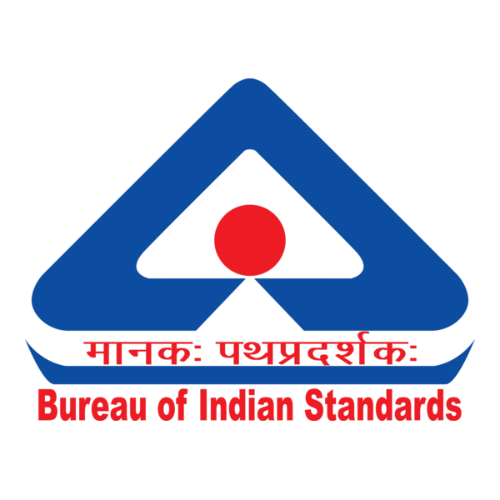 BIS Certification
BIS Certification
 CDSCO
CDSCO
 CPCB
CPCB
 LMPC
LMPC
 WPC Approval
WPC Approval
 Global Approvals
Global Approvals
 TEC
TEC
 ARAI
ARAI
 BEE
BEE
 ISO Certification
ISO Certification
 Drone Registration
Drone Registration
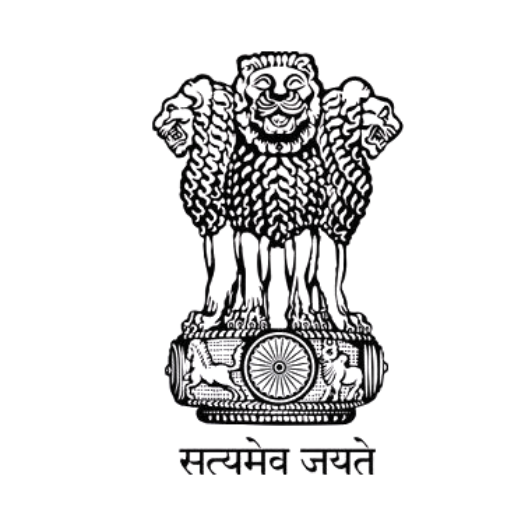 NOC For Steel
NOC For Steel



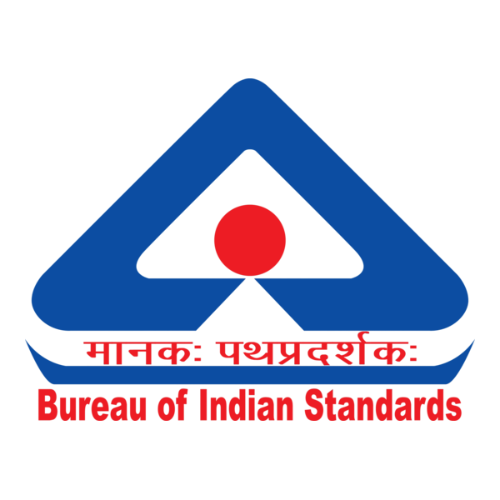
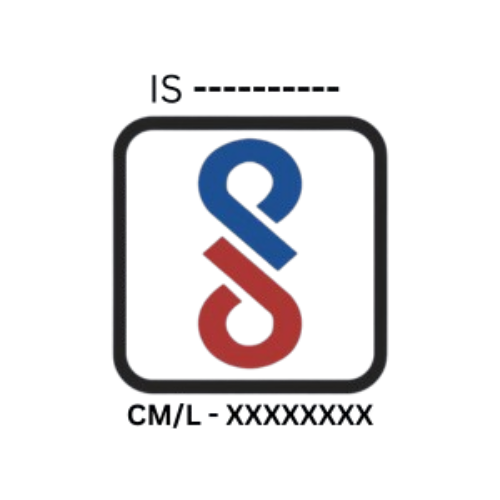



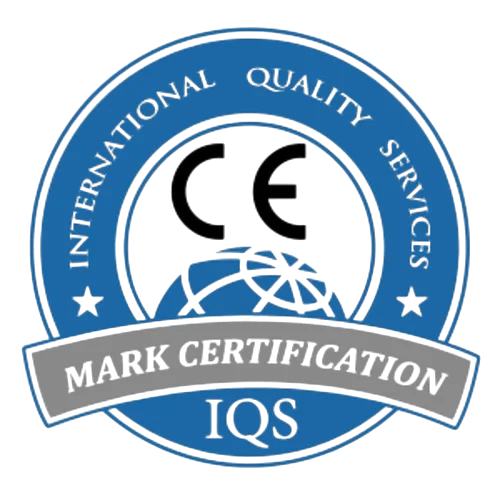




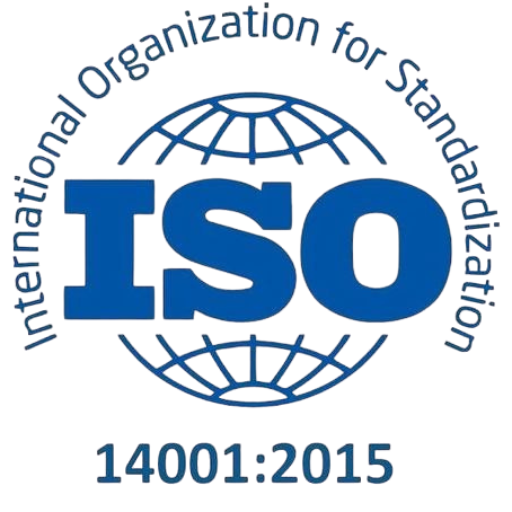

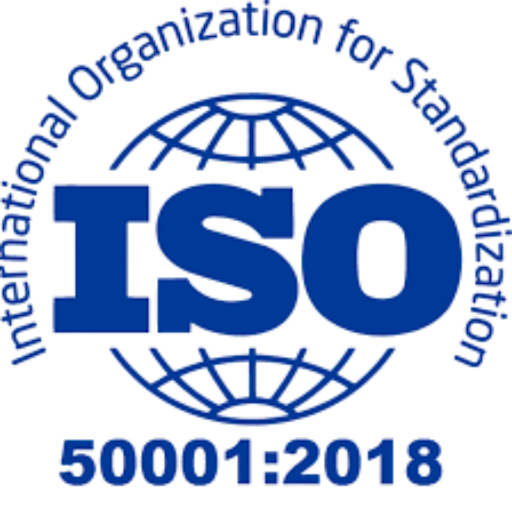

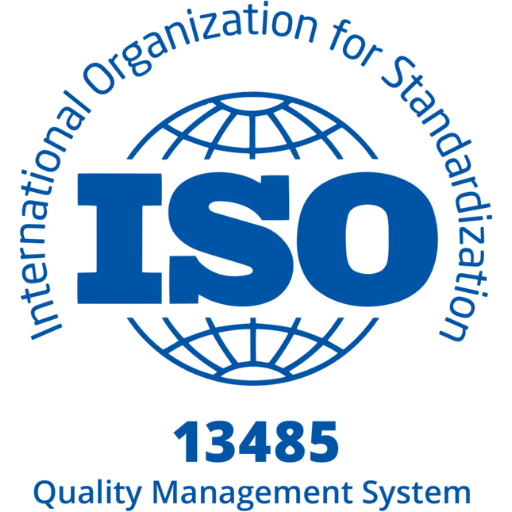

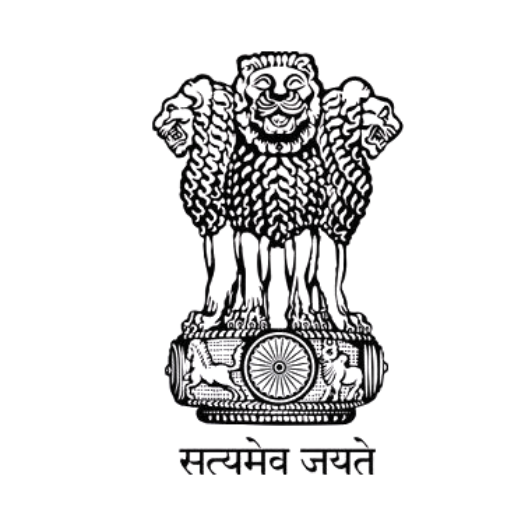 Business Registration
Business Registration
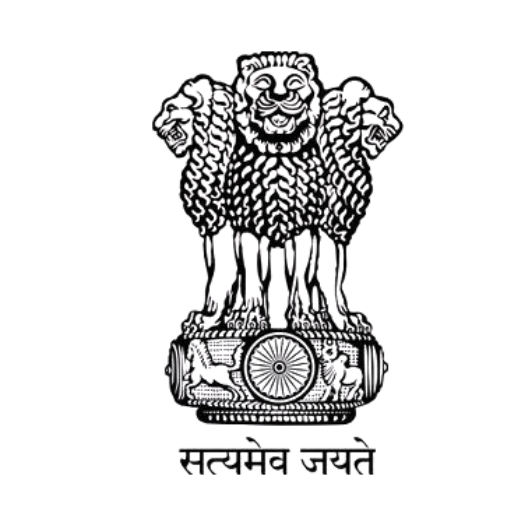
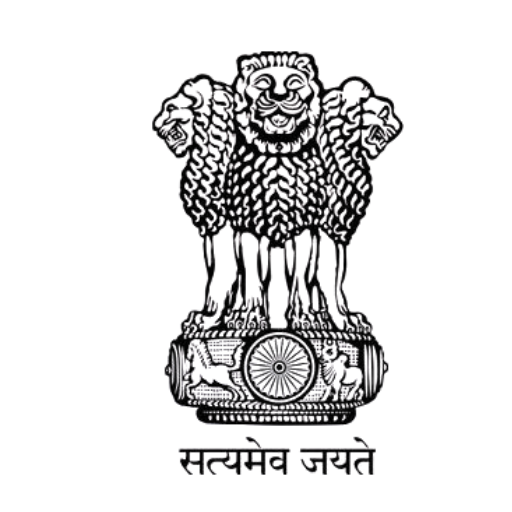
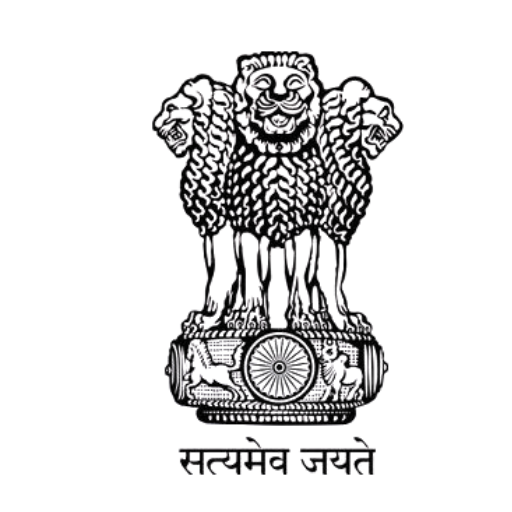


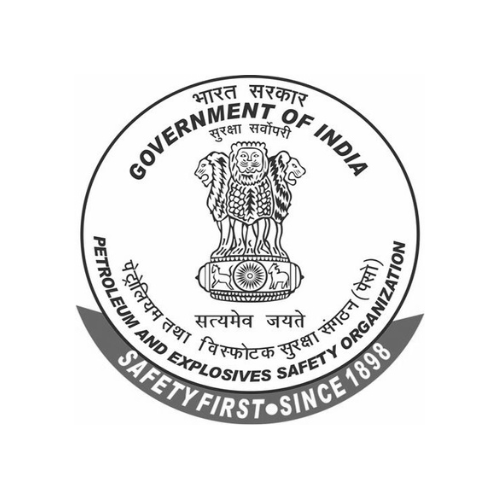

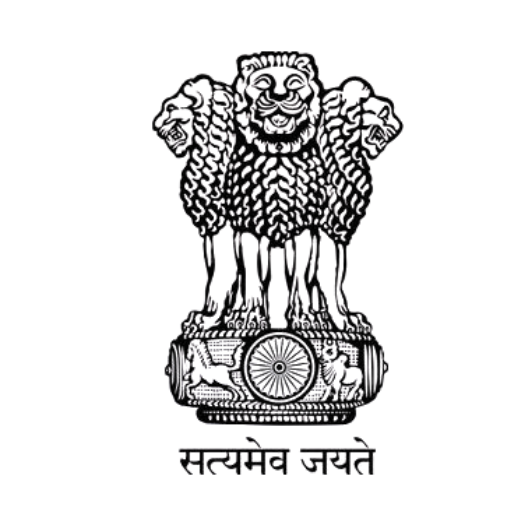
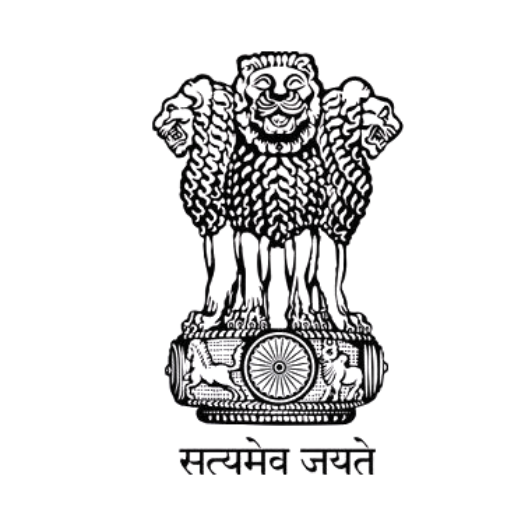
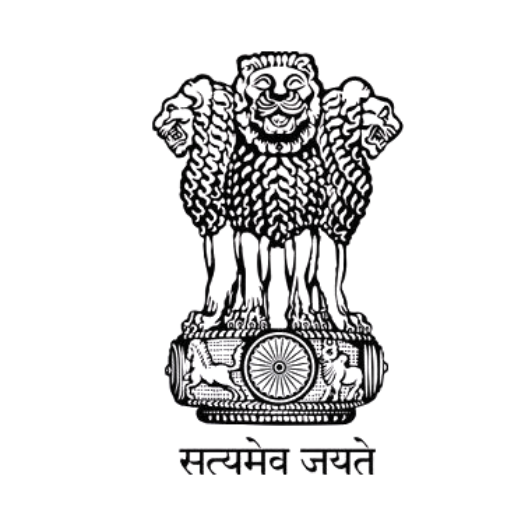

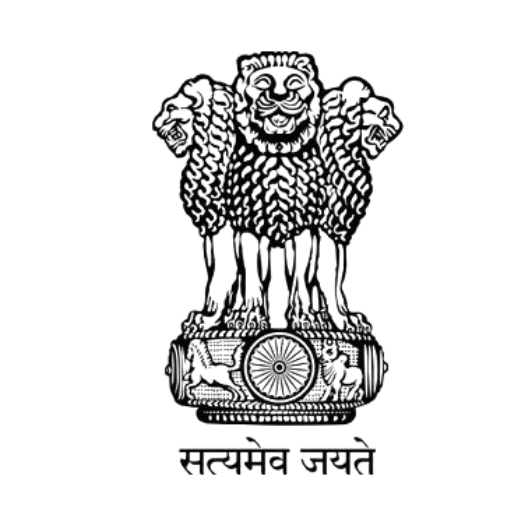
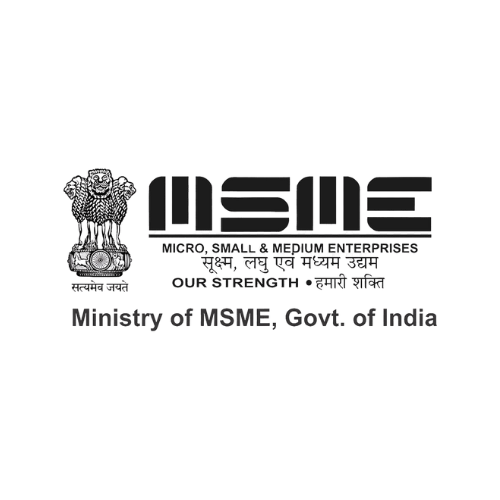

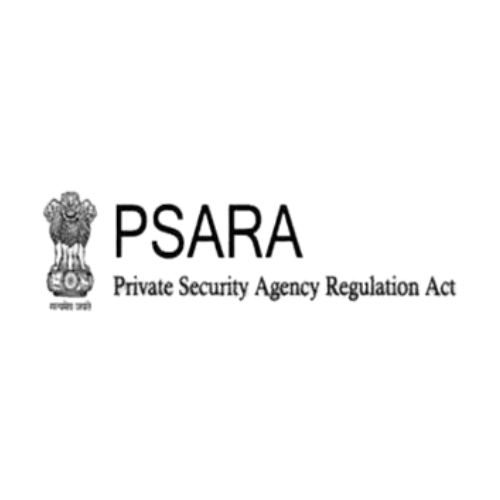
 Legal Services
Legal Services
